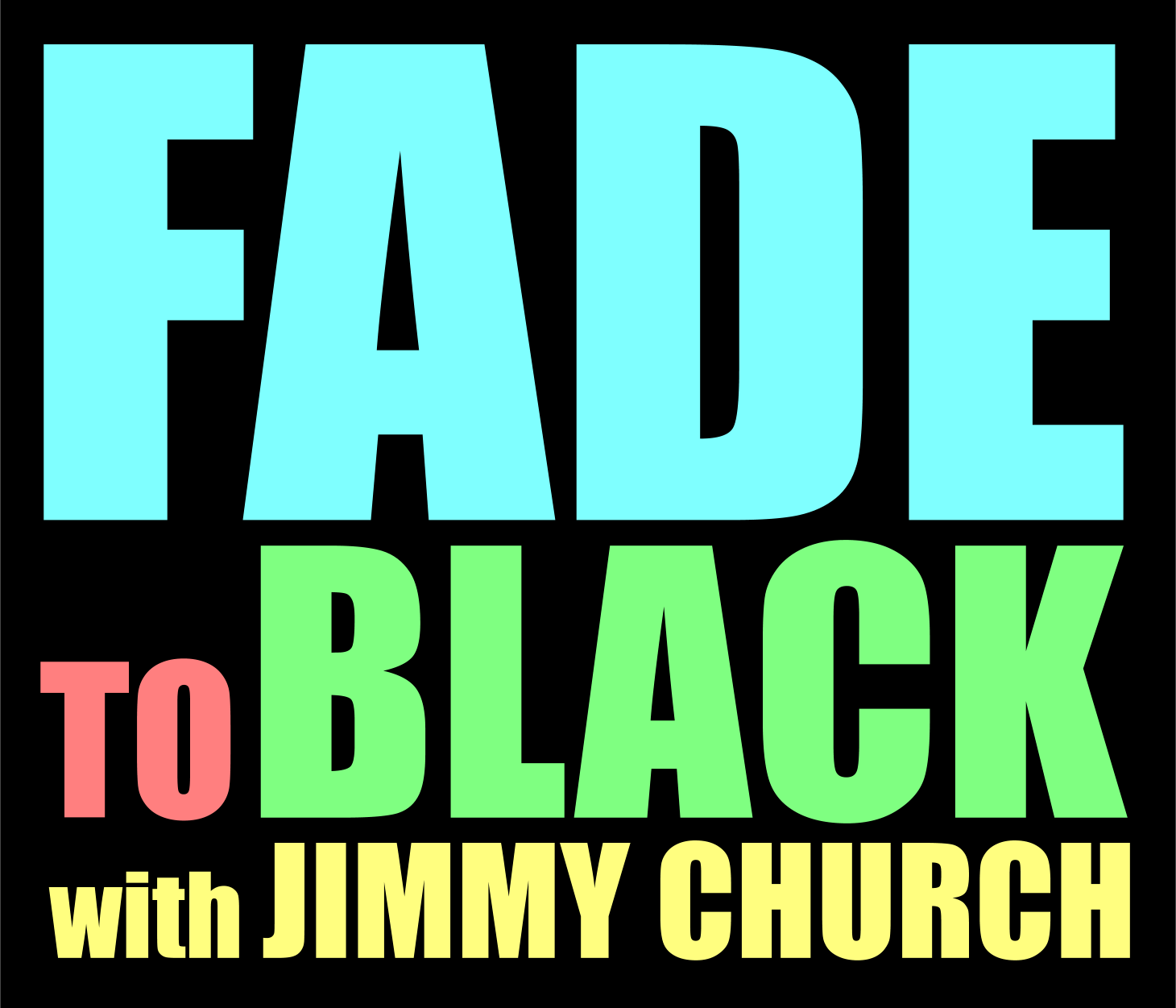
AJA – Tuesday, July 08, 2025
AMA/AJA
Tuesday, July 08, 2025
Ask Jimmy Anything!

Tonight, Tuesday on FADE to BLACK: AMA/AJA It's our once-a-month AMA/AJA! Ask Jimmy Anything! Please post your questions in ALL CAPS in our live YouTube chat!
X (Twitter): Tweet #F2B
Facebook: Jimmy Church Radio on Facebook
YouTube: FADE to BLACK on YouTube (Live Streams)
Fade To Black – Mike Ricksecker – Wednesday, July 09, 2025
Mike Ricksecker
Wednesday, July 09, 2025
Stargates and Atlantis

Tonight, Wednesday on FADE to BLACK: Mike Ricksecker joins us to discuss ancient stargate technologies and cosmic portals, tying them to the concept of Einstein-Rosen Bridges, Egyptian monuments, and multidimensional travel. He shares fresh insights from his latest research tours in Egypt, reveals updates from The Shadow Dimension series, and explores how recurring symbols across cultures point to a long-lost universal knowledge—possibly tied to the origin of stargates.
Mike Ricksecker is an author, researcher, and filmmaker with over 30 years of experience investigating the unexplained. He is the author of numerous books, including Travels Through Time, A Walk in the Shadows, and Alaska's Mysterious Triangle. Mike is the creator and executive producer of the acclaimed docu-series The Shadow Dimension and has been featured on major networks including History Channel’s Ancient Aliens, The UnXplained, Travel Channel's The Alaska Triangle, and Discovery+. He hosts the weekly livestream Edge of the Rabbit Hole and Connecting the Universe interactive class portal. Through Haunted Road Media and Connected Universe Portal, Mike explores ancient wisdom, consciousness, interdimensional travel, and time phenomena. He regularly leads expeditions to Egypt focused on ancient stargates, lost technologies, and hidden knowledge encoded in sacred sites.
Websites:
https://www.mikericksecker.com
https://www.connecteduniverseportal.com
Fade To Black – Off-Air – Thursday, July 10, 2025
Off-Air
Thursday, July 10, 2025
TV Production

Tonight, Thursday on FADE to BLACK: TV Production.
Websites::
https://jimmychurchradio.com/
Fade To Black – Jimmy Church – Monday, June 30, 2025
Jimmy Church
Monday, June 30, 2025
Peru/Bolivia Re-Cap

Tonight, Monday on FADE to BLACK: Jimmy Church has returned from his trip to Peru and Bolivia and tonight he'll re-cap everything with pics, videos... and some stories!!!
Websites::
https://jimmychurchradio.com/
